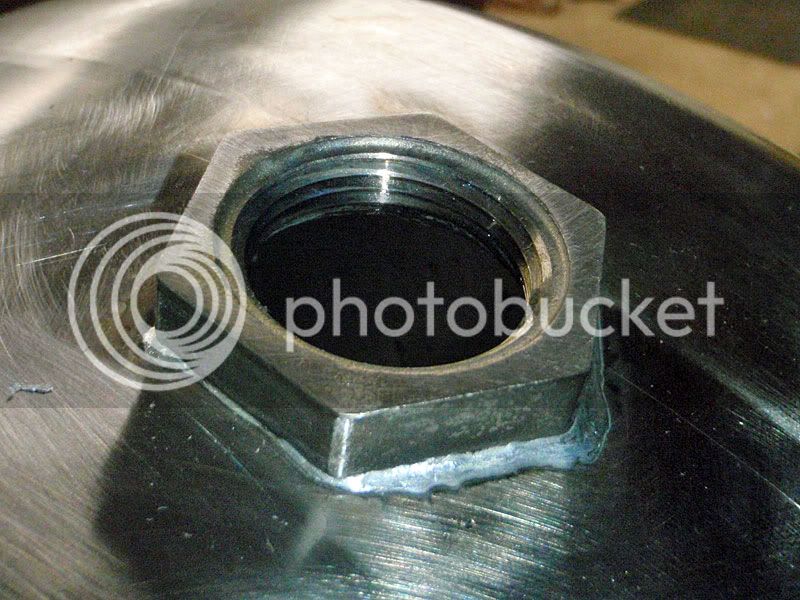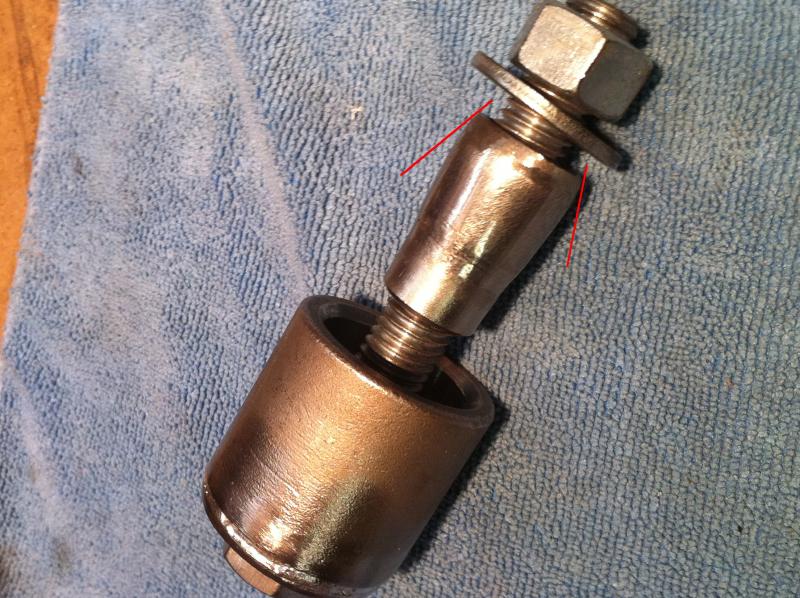Scut_Monkey
Well-Known Member
I have noticed that the 1/2" couplings from mcmaster-carr have the perfect diameter to go with the reducer for the flaring tool (also from mcmaster-carr). However, the 1/2" couplings from bargain fittings are slightly too small while the coupling from austinhomebrew that I have is much too large. Like Flomaster advised, if the fitting is slightly smaller don't pull the reducer completely through.








